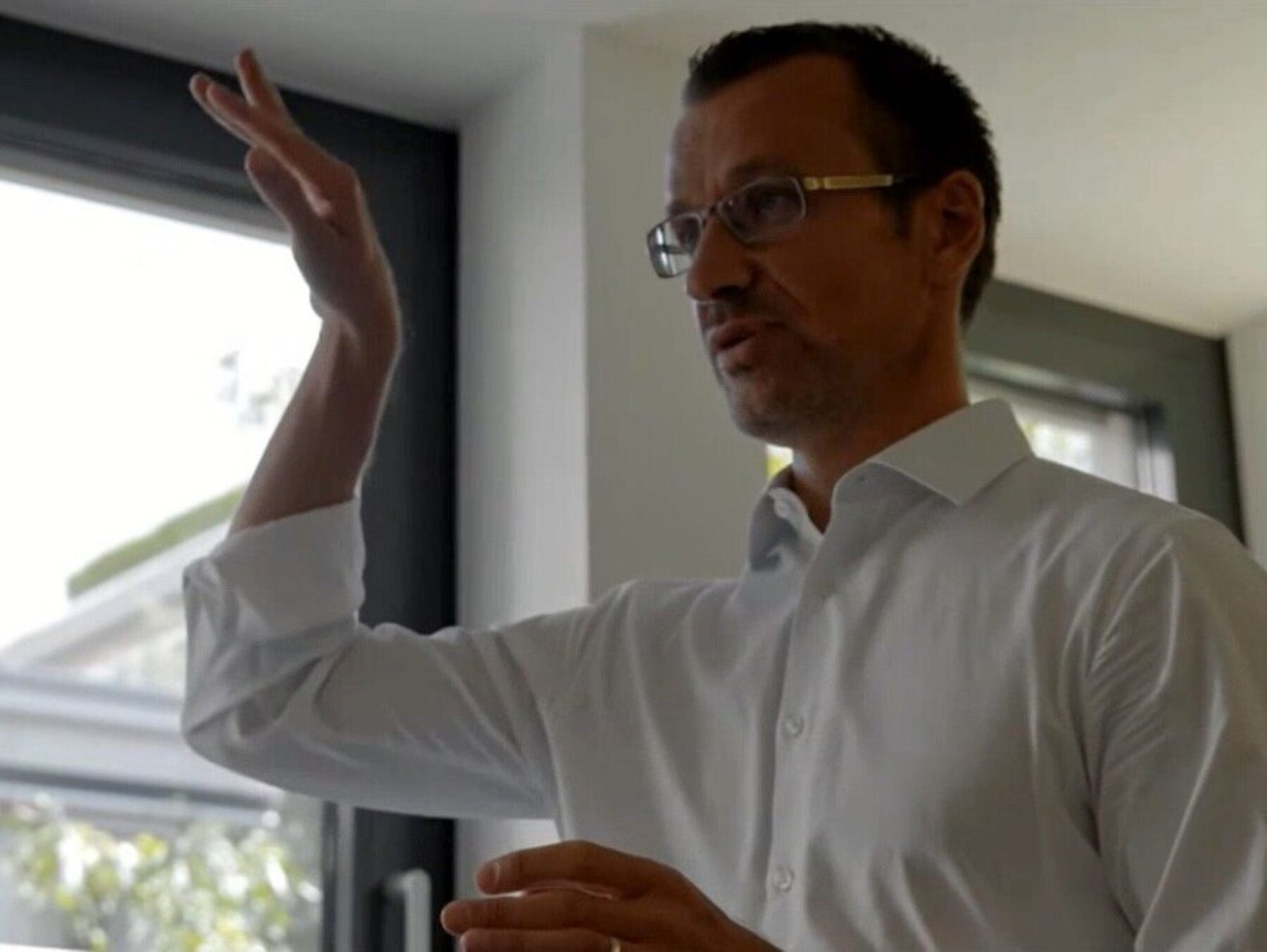The Nobel laureates Eugene Fama and Kenneth French proved the existence of the “size” or “small cap” premium in 1993. The rationale behind the Fama-French three-factor model is that small caps – which we define as companies with a market capitalisation of €500m to €5bn – are riskier and more illiquid than large companies. Small caps should, therefore, offer investors additional returns for taking on this risk. Other studies have shown that small caps generate an excess return in the long term, even when adjusted for risk.
The development of small caps since the turn of the millennium fits the picture. They have grown by more than 250% – five times more than large caps. Small caps have outperformed large companies in 14 of the past 20 years. However, there have also been phases of relative underperformance, for example during the 2007-08 financial crisis.
Suitable investment solutions

Equities Europe
A large number of companies are available for selection in the small and mid caps segment in Europe. At the same time smaller companies receive significantly less attention from external analysts. However, this segment is home to numerous hidden fast-growing global market leaders (known as hidden champions). You can profit from this with our second-tier equity funds.



